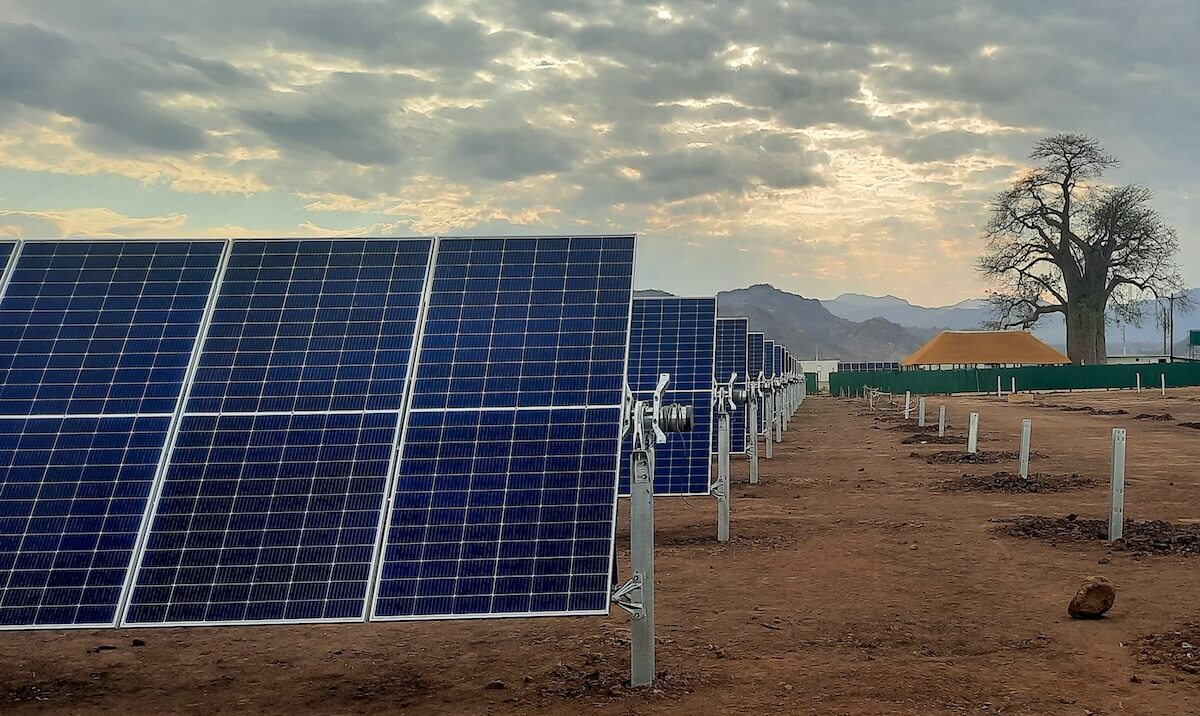The United States wastes more food than any other country in the world — more than 60 million tons per year that are worth $160 billion.
Some of that is lost before leaving the farm, but most is discarded by households, grocery stores, food manufacturers and restaurants. Meanwhile one in seven U.S. households are food-insecure.
The Obama administration’s 2015 plan to cut America’s food waste in half by 2030 was backed by the U.S. Department of Agriculture and industry players (see, “Ripe for Action: How a 20 Percent Cut in Food Waste Could Yield $100 Billion in Benefits).
A number of startups are targeting the challenge globally, including Inspirafarms in east Africa and Central America and Yume in Australia.
In the U.S., cities, which manage most waste, may be the most effective drivers, according to Dana Gunders of the National Resources Defense Council.
Some cities are experimenting with “pay-as-you-throw” models that charge residents for the volume of garbage they toss. Others are rolling out curbside collection of organics. “Put together, those make for a nice suite of options for cities,” she says.
This post originally appeared in ImpactAlpha’s daily newsletter. Get The Brief.
Photo credit: Socialworkhelper.com










